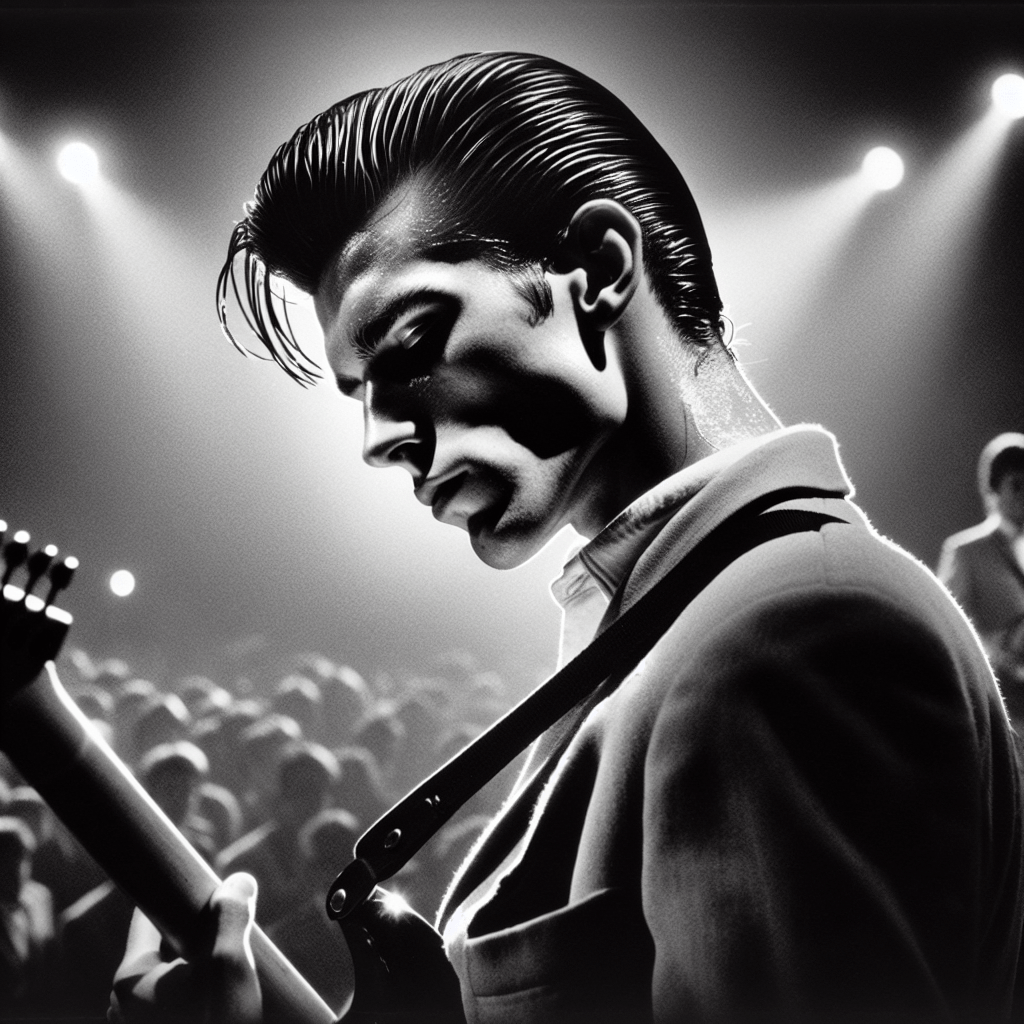## John Squire: The Musical Journey of The Stone Roses’ Legendary Guitarist ##
John Squire, synonymous with the jangle-pop guitar riffs that defined an era, remains one of British music’s most influential guitarists. Best known for his work with The Stone Roses, his distinctive playing style and songwriting have had an enduring impact on alternative rock and indie music. This article unfolds the story of Squire’s musical evolution, touching upon his formative years, rise to fame with The Stone Roses, solo endeavors, and his unique visual artistry.
The Beginning of a Musician: From Early Life to The Stone Roses
John Thomas Squire was born on November 24, 1962, in Broadheath, Altrincham, England. He spent his early life immersed in the blossoming music scene of the 1970s. Influenced by a wide range of music from The Beatles to punk rock, a young Squire cultivated a taste for melody coupled with an edgy sound. After meeting Ian Brown in school, their shared love for music sprouted a friendship that would eventually become the foundation of The Stone Roses.
Formation and Success of The Stone Roses
In 1983, John Squire joined forces with Ian Brown to form The Stone Roses. They eventually settled on a final lineup that included bassist Mani and drummer Reni. Squire’s guitar playing was soon recognized for intricate textural soundscapes as much as it was for melodic hooks. It was their eponymous debut album in 1989 that launched them into the spotlight, with Squire’s riffs on tracks like ‘I Wanna Be Adored’ and ‘She Bangs the Drums’ securing the album as an indie classic.
The Second Coming and Band Tensions
By the release of their second album “The Second Coming” in 1994, tensions were mounting within the band. Squire’s interest in Led Zeppelin-like heavy blues led to a profound shift away from their original jangle-pop sound. This transition conjured mixed reactions from both fans and critics. Amidst internal conflict, John Squire announced his departure from The Stone Roses in April 1996.
Solo Career and Other Artistic Exploits
Post-Stone Roses saw Squire embarking on a solo career. He released two albums: ‘Time Changes Everything’ (2002) and ‘Marshall’s House’ (2004) before forming The Seahorses, which lasted for one album but left fans wanting more. Alongside his musical pursuits, Squire has garnered respect for his visual art – a sensibility that deeply intertwined with his music, evident by creating the cover art for The Stone Roses albums.
Collaborations and Reunion Tours
Throughout the years John continued collaborating with other artists, contributing his iconic guitar work to various projects even after the dissolution of The Stone Roses post their final reunion tour that started in 2011 and ending in 2017.
Legacy and Influence
Squire’s legacy lives on in countless bands who cite him as an influence. His innovative blend of dance rhythms and agitated guitar created a blueprint for what would later be known as the “Madchester” scene.
Notes
Image description: A black-and-white photograph of John Squire playing his guitar on stage, slickedback hair illuminated under the spotlights, reflecting intense concentration while surrounded by a massive crowd encapsulating the peak moments of The Stone Roses era.
